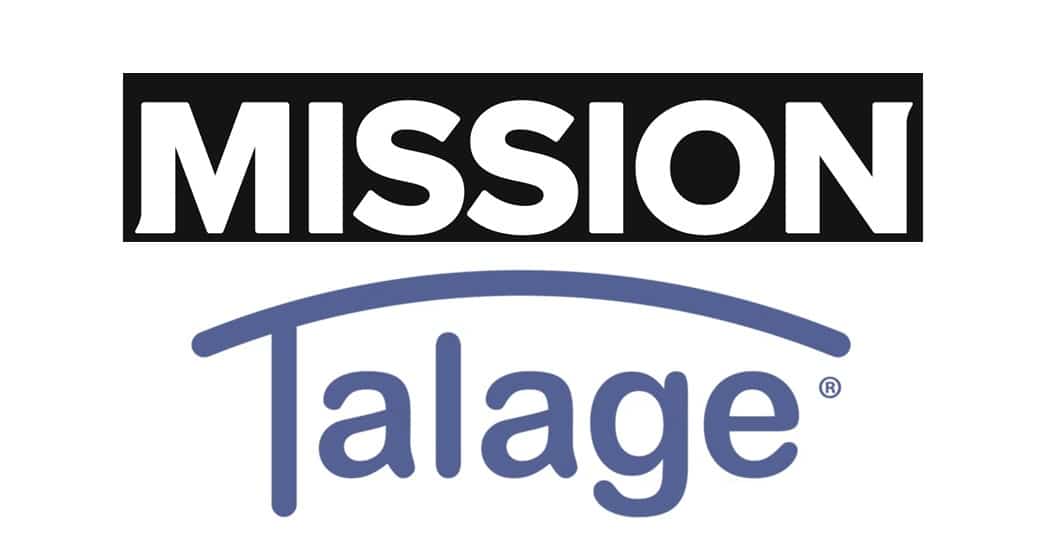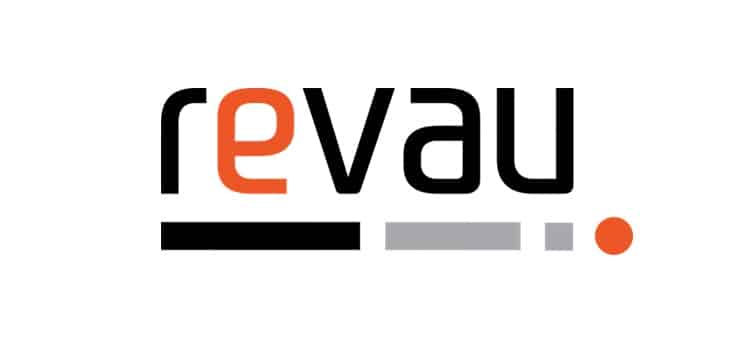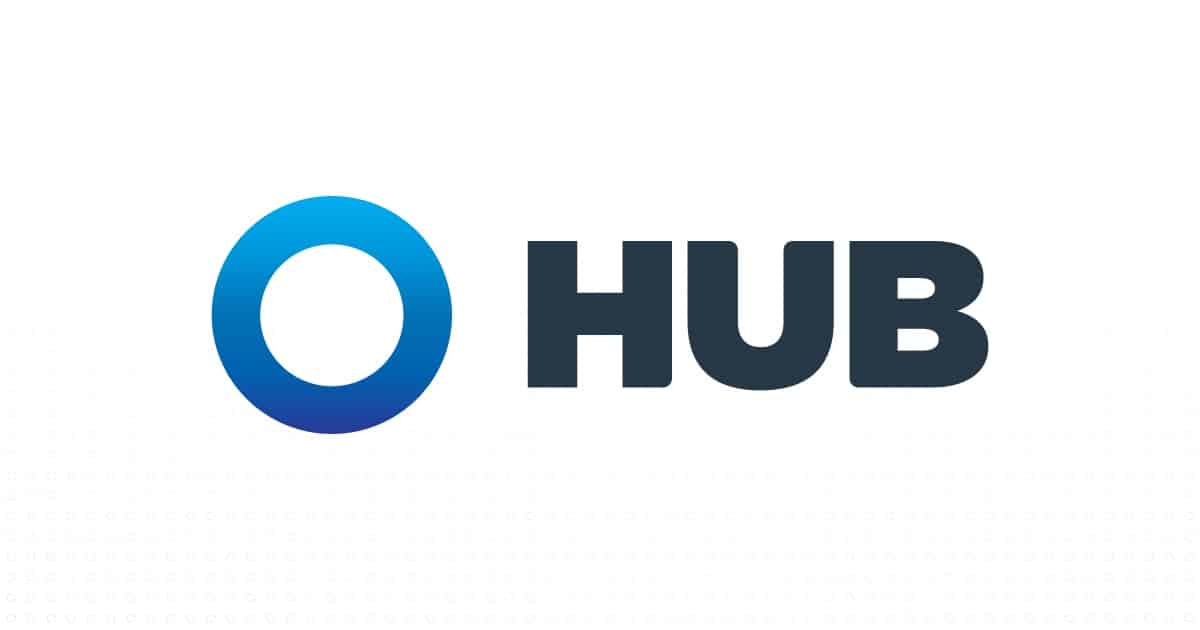On May 12, U.S. President Donald Trump signed an executive order that aims to reduce the cost of prescription drugs in the United States by aligning prices with those paid in other developed countries. The move introduces several directives to federal agencies and pharmaceutical companies, outlining aggressive pricing targets and strategies intended to make medications more affordable for American consumers.
Key Provisions of the Executive Order
-
“Most Favored Nation” Pricing Model
The order instructs drugmakers to lower U.S. drug prices to match the lowest price available in comparable countries. Companies have 30 days to make significant progress toward this goal. If not, the administration plans to pursue additional measures. -
Potential Tariffs and Import Strategies
President Trump announced that if domestic prices remain above international levels, the administration may impose tariffs on pharmaceuticals. The order also includes provisions to consider importing drugs from other developed countries and implementing export restrictions. -
Direct-to-Consumer Purchasing Programs
The administration will explore programs allowing consumers to purchase medications at the same prices paid in other countries. This includes a directive to the Department of Commerce and other agencies to examine the export of pharmaceutical products and ingredients.
Industry and Market Response
-
Market Rebound
After an initial decline in premarket trading, pharmaceutical stocks rose following the announcement. Investors reacted positively due to the lack of immediate enforcement mechanisms in the order. Companies like Merck & Co, Pfizer, Gilead Sciences, and Eli Lilly saw gains ranging from 2.9% to 7.1%. -
Industry Criticism
Trade groups expressed strong opposition. Stephen Ubl, CEO of the Pharmaceutical Research and Manufacturers of America (PhRMA), warned that the order could threaten innovation and reduce access to treatments. He attributed high U.S. drug prices to foreign underpayments and the role of intermediaries.
Legal and Regulatory Considerations
-
Potential Legal Challenges
Legal experts anticipate litigation over the order’s reach, especially regarding drug importation, which may exceed statutory limits. Challenges are expected to intensify if enforcement actions begin to materialize. -
Federal Trade Commission (FTC) Involvement
The order also empowers the FTC to investigate and enforce actions against anti-competitive practices in the pharmaceutical industry. Practices under scrutiny may include agreements with generic manufacturers to delay market entry of lower-cost alternatives. -
Ongoing Antitrust Focus
The FTC has a long-standing role in overseeing healthcare market competition. The agency is expected to coordinate with other federal bodies and hold public sessions to gather insights on pharmaceutical pricing practices.
Background and Context
The United States has historically paid higher prices for prescription drugs compared to other developed nations. The executive order represents a renewed attempt by the Trump administration to address these disparities following earlier efforts that were blocked by the courts. The current move is positioned as part of a broader agenda to control inflation and reduce costs for American households.
President Trump highlighted anecdotal evidence of pricing discrepancies during the announcement, including a comparison of the cost of a weight-loss injection between London and the U.S. He emphasized the principle that all countries should pay equal prices for medications.
Next Steps
The administration plans to monitor pharmaceutical companies’ progress over the next month. If price reductions are not achieved voluntarily, the government will pursue rulemaking and other regulatory actions to enforce compliance.
The full impact of the executive order will depend on the development and execution of specific regulatory measures, the outcomes of any legal proceedings, and responses from the pharmaceutical industry and international stakeholders.
Stay informed and ahead of the curve — explore more industry insights and program opportunities at ProgramBusiness.com.























